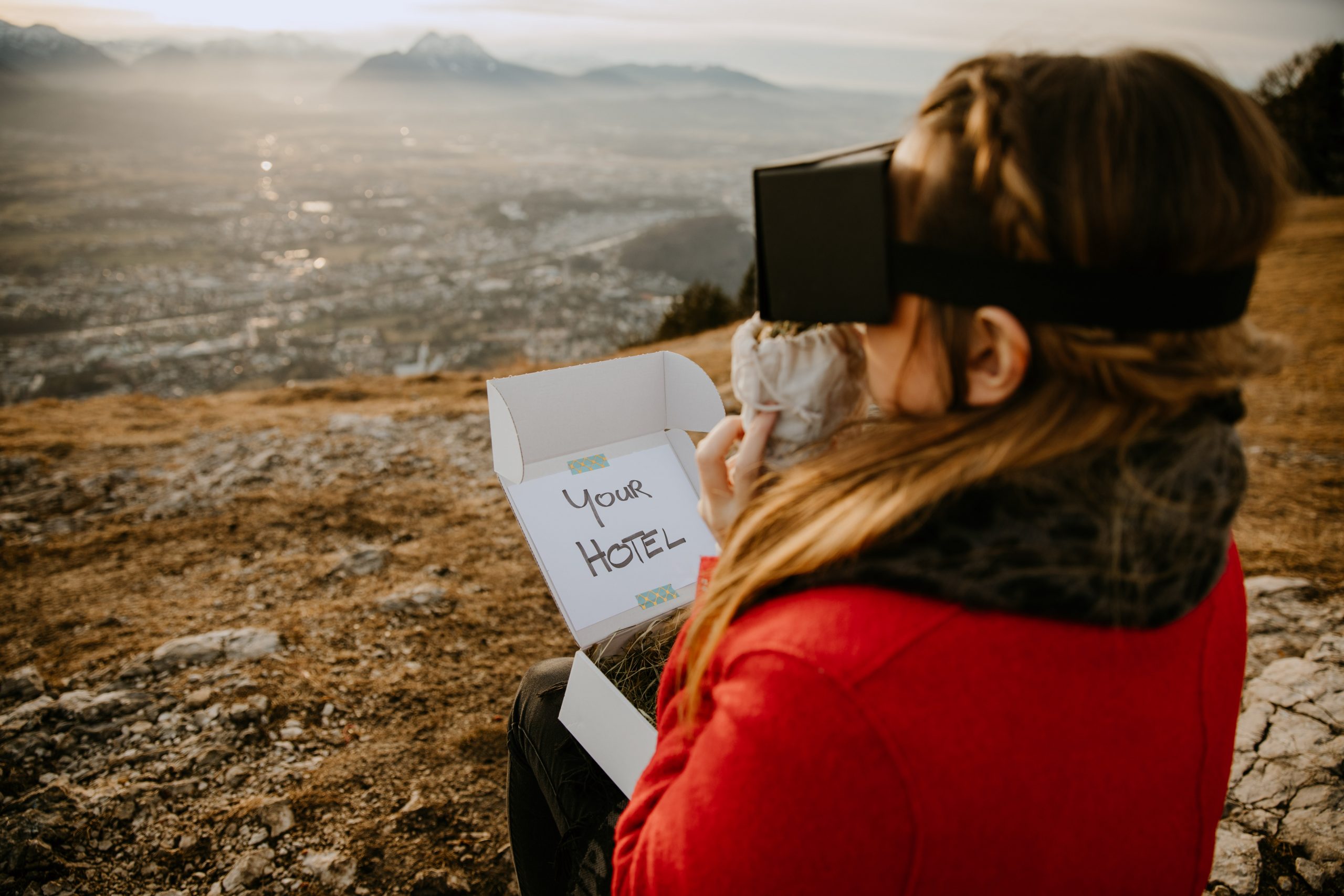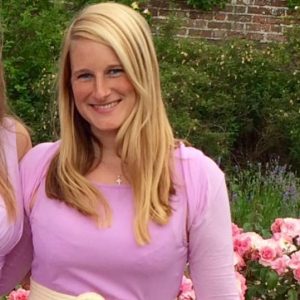With the mercury rising and summer in the northern hemisphere in full swing, before downing tools for a few weeks we asked Barbara Prodinger, an experience design lecturer at the University of Applied Sciences in Salzburg, to share her wisdom on how to harness the power of tech to create enticing teasers before an experience as well as powerful post-event interactions.
While working from home during the pandemic, Prodinger got to thinking about how it might be possible to bring top travel destinations into people’s living rooms while borders remained closed and travel bans were in place. The idea inspired her to launch her own start-up, LIVIAR, which allows travellers to dive into their holiday memories through the power of VR headsets and a sprinkling of multi-sensory magic.
“We need a new definition of what travel is, as VR allows you to go anywhere you want to at any time. This is travel without limits independent of space and time – I call it never-ending travelling.“
Barbara Prodinger
Prodinger’s first project through LIVIAR involved sending 100 packages to people in the post that contained a basic pair of VR glasses, half of which were nesting atop of a bed of dried Alpine grass.
When recipients scanned the accompanying QR code, the glasses transported them to a snowy mountain top in the Austrian Alps – a 360-degree experience made to feel all the more real when those that were sent the grass took a deep breath of it, which heightened the perceived sensation of actually being there.
“We live in a multi-sensory world, and I wanted to find a solution to give people the chance to escape reality for a moment, as that’s what we’re seeking to do when we go on holiday. Fusing physical reality with VR creates an exciting new playground for experiences.”
Barbara Prodinger
The talk inspired an animated discussion about the ways in which experience designers can seek to entice and extend experiences, which we’ve summarised below.
1. Use Scent To Trigger Memories
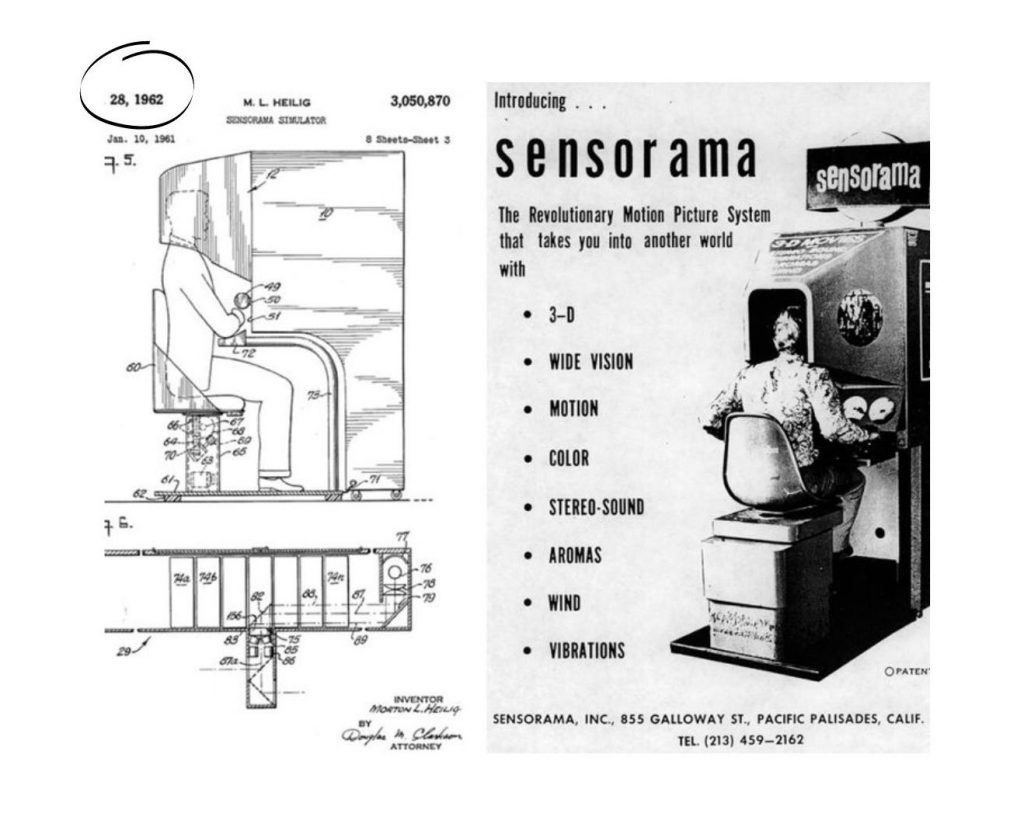
While multi-sensory experiences are everywhere today, they’re nothing new. Morton Heilig created the Sensorama machine back in 1962 – one of the earliest known examples of multi-sensory tech, which included a stereoscopic, wide-screen 3D colour display, fans, odour emitters, a surround sound system and a motional chair. Heilig’s innovative invention simulated a high speed motorbike ride through New York, complete with petrol fumes, noisy traffic, wind in the rider’s hair and the tantalising whiff of pizza from a nearby restaurant.
Stefan Weil, co-founder of the Museum of Modern Electronic Music (MOMEM) in Frankfurt, spoke of the power of scent to trigger pleasant memories during an experience. On a recent visit to the museum, a DJ said he felt an important element was missing from the experience and suggested that Weil should include the warm woody scent of nag champa throughout the museum to help transport people to Ibiza.
“Scent is a great way to add to atmosphere and extend the pleasure of an experience. If you enter a hotel lobby that smells great, it helps to put you in a good mood for the journey ahead.“
Stefan Weil
While a powerful tool for triggering memories and arousing nostalgia, Lou Murray warned that scent needs to be used sparingly within experiences, as too much of it can trigger migraines. Think of it more like seasoning to be used in small amounts, like salt and pepper, to subtly enhance the overall atmosphere.
“Scent is a very delicate aspect to work with, and you need to be careful about what you do and how much you use. It isn’t used as much as you would think in experience design because it needs to be handled delicately – when it is used there’s a lot of science behind it.“
Lou Murray
2. Give People A Taste Of Your Experience
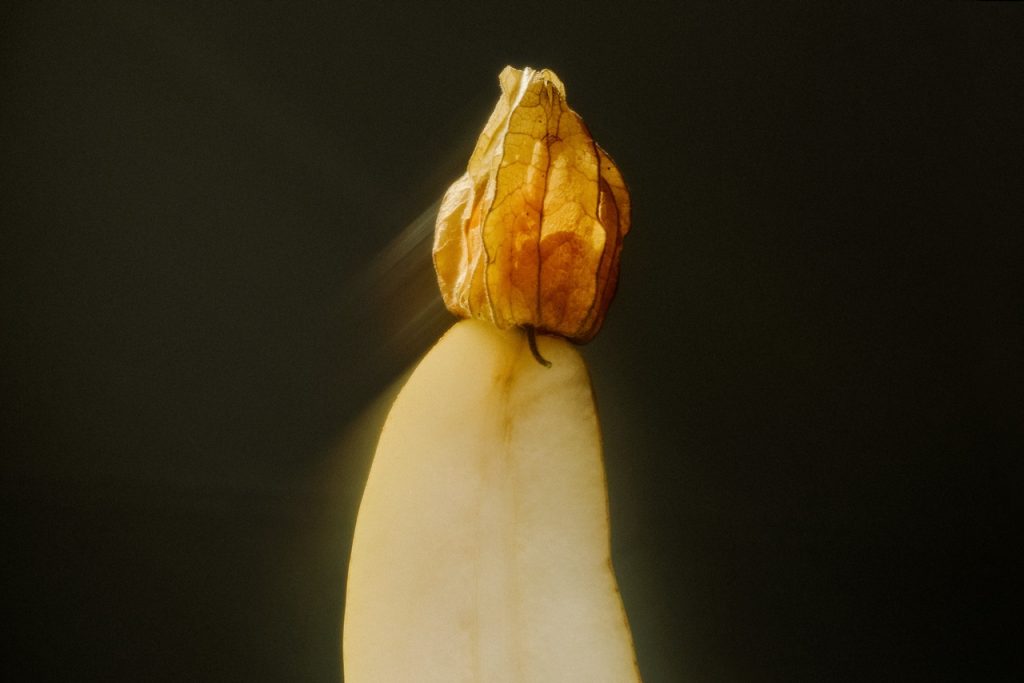
A clever way to whet your audience’s appetite (quite literally) before an experience, or give them an edible memory of it afterwards, is to offer them a taster. Natalia Skibenko gave the example of sending people who took part in an Alice in Wonderland experience a cookie in the post in a hat tip to the ‘Eat Me’ cake in the book that made Alice grow.
Food and drink are powerful ways to connect people to past experiences and allow them to travel through their glass or what’s on their plate, though many agreed during the discussion that the food and wine you enjoyed on holiday doesn’t usually taste as good when you get home. A chilled glass of rosé is best enjoyed in the sunshine on the French Riviera, and might taste quite different on a wet Tuesday in London – it all comes down to context and expectation.
When we uncork a beloved bottle or make our favourite holiday dish, we’re hoping it will transport us back to happier times, but when we’re enjoying them abroad, we’re in a carefree headspace and are fully immersed in the moment, rather than focusing too heavily on the separate sensory elements that combine to create the experience. For better or worse, our setting and mindset influence our perceptions and affect our level of enjoyment of experiences.
3. Dangle The Carrot
Tapping into our base needs as humans is a clever way of getting people through the door of your events. Neuroscientist Doug Steel offered the example of honing in on the free orange juice and Danish pastries at the end of service while he was consulting for an episcopal diocese in the ‘80s that was seeking to sustain and increase church attendance, a tactic that worked surprisingly well in bumping up the numbers.
Another way to pique people’s curiosity ahead of an experience is through breadcrumbing – sending out a number of little teasers before the event that make the participant hungry for more and keen to attend, delivering maximum engagement via minimal effort.
4. Save The Wow For Later
While it’s important to get people excited before an event by offering tantalising teasers of what’s to come, this shouldn’t be to the detriment of the experience itself – so all of its wow moments should be kept under wraps to avoid giving away the punchline before you’ve told the joke. Experience teasers should serve as trailers for the main event, offering the attendee a sneak preview of what’s in store without giving away too many spoilers.
“The trick is to tease without revealing too much. It’s a question of balance – you want to stir up excitement without giving everything away.“
Natalia Skibenko
Prodinger compared the experience tease to dating – you want to try before you buy and not show all of your cards too soon, or you risk spoiling your big reveal. “You need to pique people’s curiosity without spoiling the surprise,” she said.
5. Own Your Own Narrative
On the topic of teasers, Lou Murray spoke of the importance for experience designers to own their own narratives. In our plugged-in, constantly-on era of social media, surprises are becoming increasingly hard to keep and spoilers ever-more difficult to shield people from, making the all-important element of surprise a hard thing to preserve and protect.
The solution lies in accepting the fact that people are likely to spill the beans and overcoming the issue by owning your own narrative and landing on the version of your story that you want to tell, while allowing people to add their own opinions and perspectives to it.
“Soft openings don’t exist any more, as we’re all creators now. Sites like TripAdvisor have democratised travel. Armed with my phone on vacation, I’m as powerful as the person that created the destination I’m visiting.“
Louise Murray
6. Let Tech Transport You
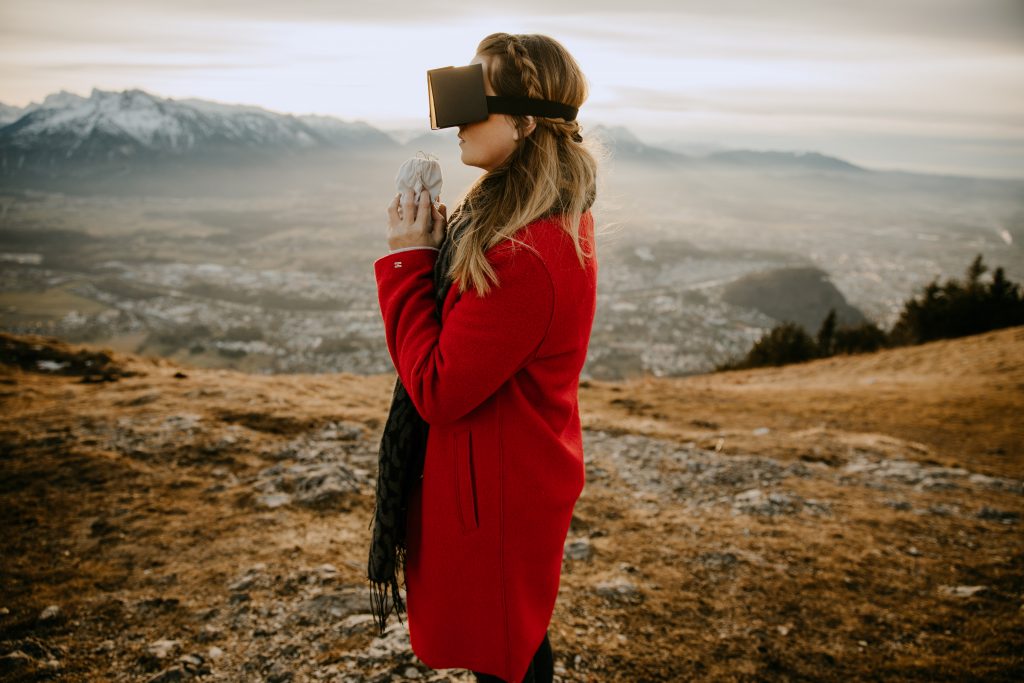
While the travel industry is surprisingly traditional in its approach to marketing, Prodinger believes VR tech has the potential to shake up the status quo and transform how we look at travel, giving us the chance to become armchair travellers after work, rather than holidays having to be rationed to once or twice a year.
Virtual reality tech also opens up travel opportunities to those unable to hop on a plane for health, financial or situational reasons, making the arena more inclusive and democratised. While she admits that virtual travel will never replace the real thing, Prodinger believes it can be used as a powerful tool to whet the appetite for a forthcoming adventure or trigger fond memories of a recent excursion.
“We need to take the initiative and design experiences before and after the main event. Virtual reality glasses are becoming faster and more affordable, and are being released by big companies now, so there’s a lot of beautiful tech out there that we can design experiences for.“
Babara Prodinger
7. Create An Experience Mascot
During the discussion it was universally agreed that endless mailouts aren’t the way to win people over and attract their attention before and after experiences. Audette Sophia highlighted the importance of the human element in event correspondence and suggested creating a mascot for your event, or electing someone to serve as the face of the event to guide people through the experience from beginning to end.
“The face becomes the through-line that can be used in the invitation and reminder emails, and can pop up in teaser videos and follow-up emails. Having a personal touchpoint throughout the experience and someone to welcome and thank the attendees goes a long way, as we’re trained to want that human interaction, so it’s an easy way to fill that gap.”
Audette Sophia
8. Play On The Social Element

While we may have been forced to spend extended periods in isolation during the pandemic, humans are social creatures that crave each other’s company, so highlighting and playing on the social elements of your experiences can be a powerful way to sell them to people.
WXO CEO James Wallman suggested leaning into the social aspect of travel to help lure people back on planes. “To get people excited about the Austrian Alps it might be more powerful to include images of friends walking along a path together, rather than a photo of an empty mountain top,” he said. Along with the promise of buttery pastries, Doug Steel also highlighted the social element of church when seeking to expand the size of his local congregation.
“People go to cultural events to socialise with friends; it’s not always about seeing the art or the play. The experience is the conduit for spending time with people.“
James Wallman
9. Surprise People With The Unexpected
While events organisers like Secret Cinema are masters at scene setting and appetite-whetting, far fewer experience creators have nailed the follow through, meaning there’s an untapped gap in the market for memorable post-event exchanges.
One way to keep people hooked is surprising them with something unexpected. This could be a pleasant surprise, but a shocking one can be even more powerful. Adi Livneh gave the example of a follow-up email she received after visiting an exhibition focused on climate change in Tel Aviv with her young son.
At the end of the exhibition there was a chance to take green screen selfies behind a number of different backdrops, from a French vineyard and the Swiss Alps to Yosemite National Park, which would be turned into electronic postcards.
“When the email hit my inbox the postcards looked very different to what I was expecting – the vineyard was a burnt field and the Alps were brown and snowless to highlight the effects of climate change. It was so shocking, and such a smart way of using tech to make an impression after the experience. It had such a strong effect on my son that he’s been asking me about recycling.”
Adi Livneh
Delivering a post-experience sucker punch might feel like you’re giving your audience an unwarranted slap, but it’s a powerful way to make them sit up and listen, and it might even spur them into changing their behaviours for the better.
10. Send Attendees A Highlights Reel
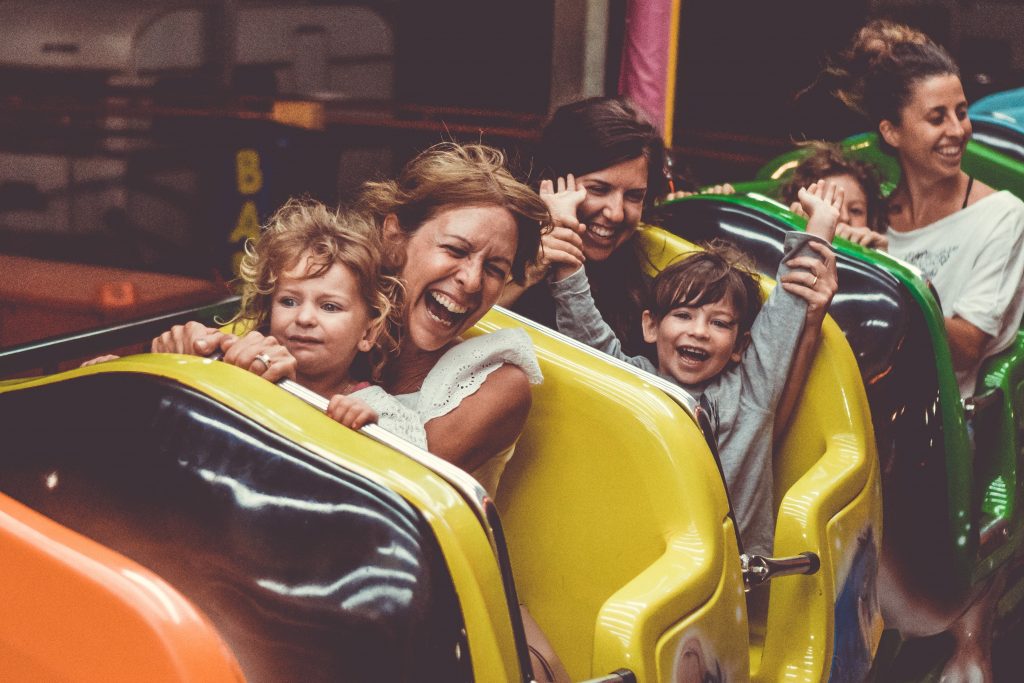
We’ve all been to a theme park that has tried to flog a picture of us screaming like a Munch painting while hurtling down a log flume. While it may come across like a crass money-making scheme, there’s some sense behind capturing people at the height of their experience then selling them the memory of it.
In a similar way that tagging people in Facebook albums used to be a great way to collectively reminisce about an event, Audette Sophia suggested that event organisers could send people USB sticks or QR codes that link to a highlights reel of images from the experience, or a video of the event, to take them back there and continue the engagement.
“People are weak in the post-event sphere, so there’s a chance to make a real impression in that space if you have a strong follow-up. Some people are good at teasing before an event but hardly anyone is good at the follow-up afterwards. There’s an opportunity to take something from the playbook of the event and turn it into a gift, which could be a zip drive with a slideshow video of the event accompanied by a song.”
Audette Sophia
The WXO Take-Out
While we may be a way off flying cars à la Back To The Future, virtual reality is turning the concept of travel on its head, allowing us to explore the Egyptian pyramids during our lunch break or climb Macchu Picchu from the comfort of our living rooms.
The delicious anticipation during the lead up to a trip and the post-holiday afterglow are becoming increasingly important elements within the travel experience. The same can be said for all experiences, which have the potential to be enhanced through enticement and extension.
The most successful experiences are those that create an impact from start to finish, beginning with an irresistible tease and lasting long after the final curtain.
So the next time you’re designing an experience, ask yourself:
- Have I created an experience that stimulates all of the senses before, during and after the event?
- Am I owning my own narrative of the experience so it can’t be spoilt through social media?
- Have I given my audience a tantalising teaser of what’s to come without ruining the surprise of the big reveal?
- Am I fusing the physical and the digital worlds in order to offer my audience something more powerful than the sum of its parts?
- Have I included an unexpected element of surprise within the experience powerful enough to change people’s behavioural patterns for the better?
Want to be part of the most inspiring experience conversations in the world? Apply to become a member of the World Experience Organization here – to come to Campfires, become a better experience designer, and be listed in the WXO Black Book.

